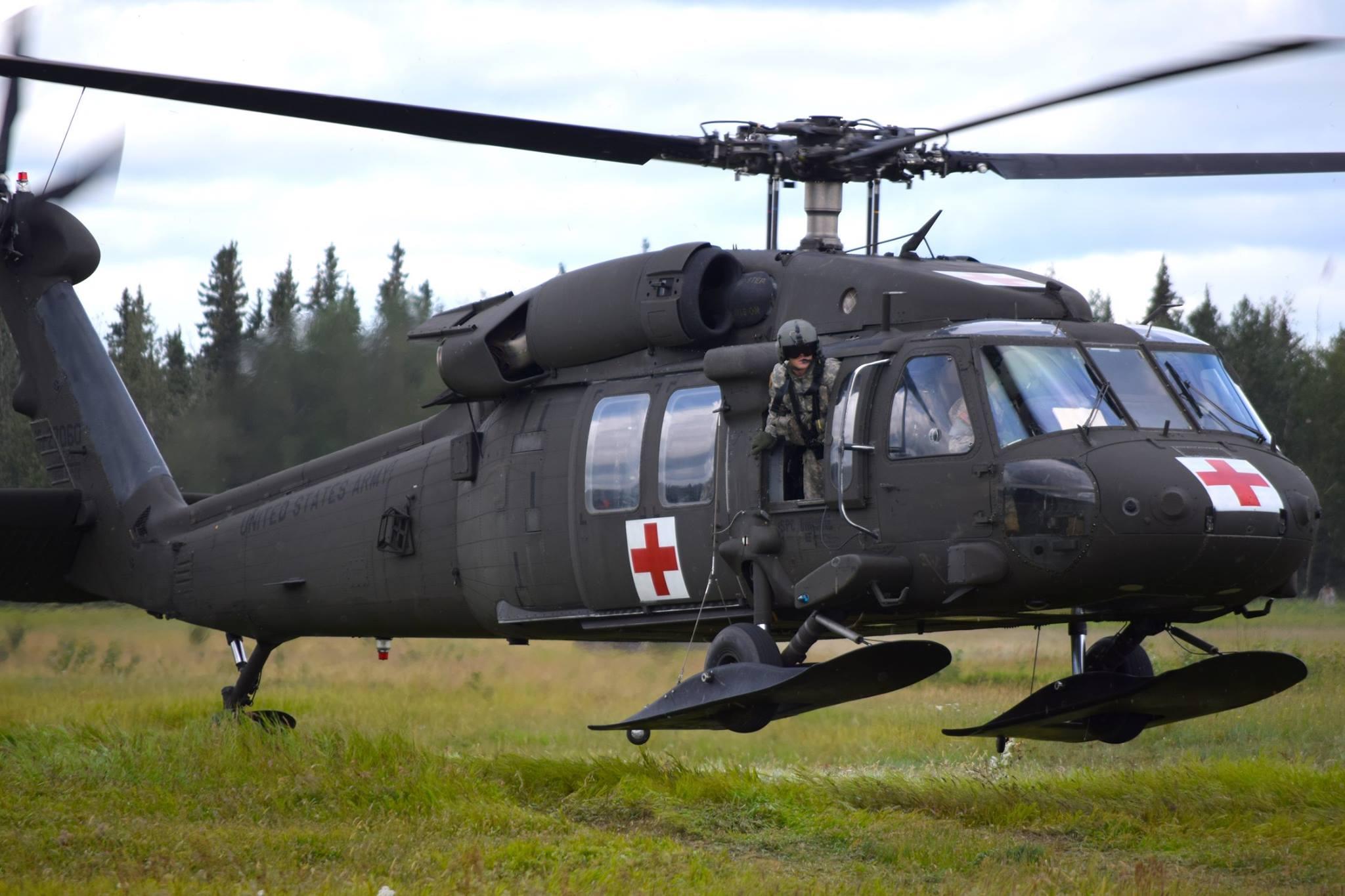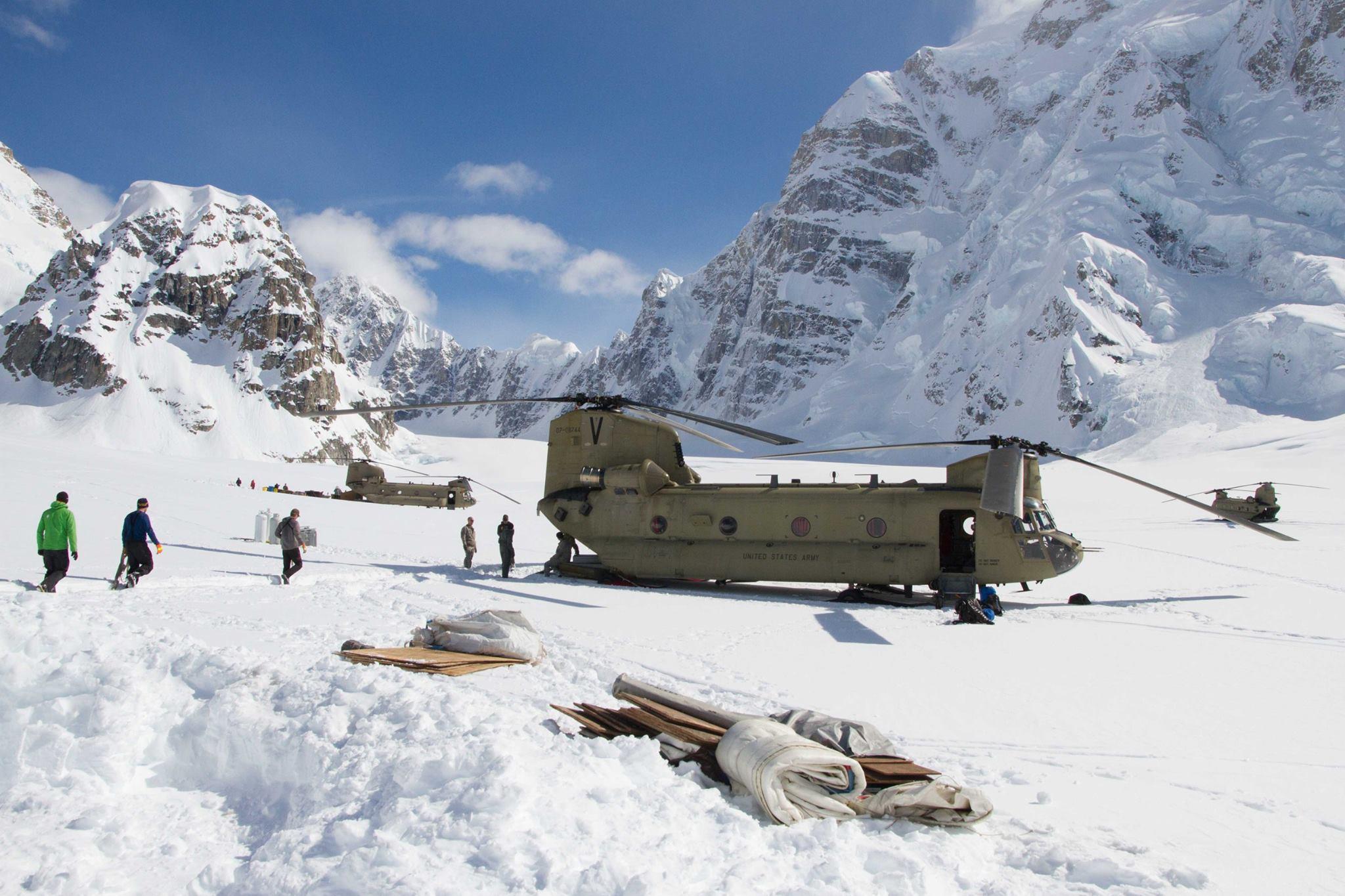
About 190 members of a Fort Wainwright-based aviation unit will be largely unavailable for civilian search-and-rescue for at least a year. The Alaska Aviation Task Force regularly helps find and pick up missing and injured from remote backcountry locations, but personnel in a key Army unit that’s part of the task force are deploying overseas.
U.S. Army-Alaska spokesman John Pennell said crews with Charlie Company, 1st Battalion, 52nd Aviation Regiment are packing up their Blackhawk helicopters in preparation of a round of intensive training at Fort Irwin, California. And from there, they deploy to Afghanistan.
Pennell said in the meanwhile, the remaining members of the 1st of the 52nd won’t be able to help out with emergencies involving civilians who are injured and need to be medevacked from remote areas. He says instead the unit will focus on responding to emergencies on military land, especially on the Army’s sprawling training ranges around the Interior.
“The main mission for the unit is to provide support for military training exercises,” Pennell said.

(Photo: U.S. Army)
Pennell said the 1st of the 52nd helped rescue civilians about a dozen times in 2016, when doing so would not diminish its ability to carry out its main mission of responding to emergencies during high-risk training that, for example, included use of explosives.
“Depending on the training exercise and the risk involved,” Pennell said, “we had to have that asset standing by, just in case.”
Under the terms of 2015 agreement, the 1st of the 52nd would send a helicopter and crew to emergencies when requested by the Alaska Rescue Coordination Center. The center is operated by the Alaska Army National Guard’s 176th Wing, at Joint Base Elmendorf-Richardson. Pennell said plans call for the first of the fifty-second to resume such assistance when it returns from the deployment.
“Of course, between now and then, any number of things could change,” Pennell said. “But as of right now, that is our plan.”
The loss of the unit over the next year could cause delays in responding to emergencies in remote areas. A news release issued Monday by U.S. Army-Alaska said if the 1st of the 52nd is able to respond to a request for help, it may take up to eight hours to get a helicopter and crew airborne.
Officials with Alaska Air National Guard and Alaska State Troopers did not respond Monday afternoon to requests for comment on the loss of the Army aviation unit’s assistance.
Tim Ellis is a reporter at KUAC in Fairbanks.




